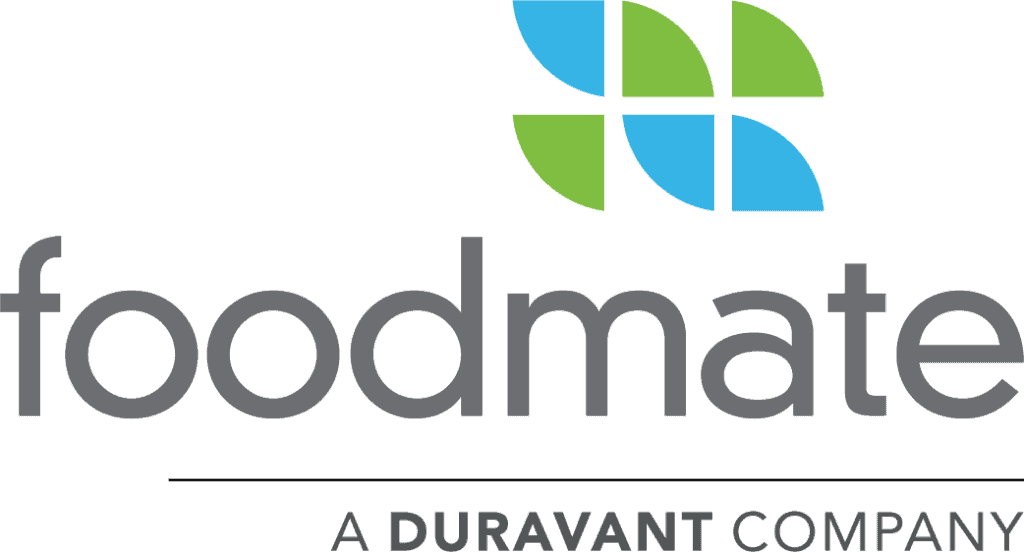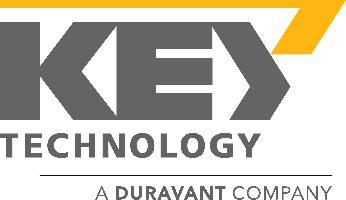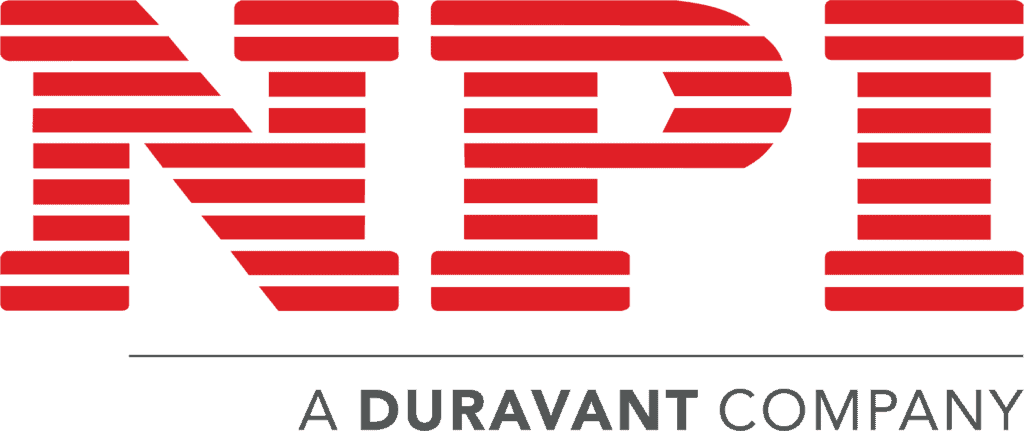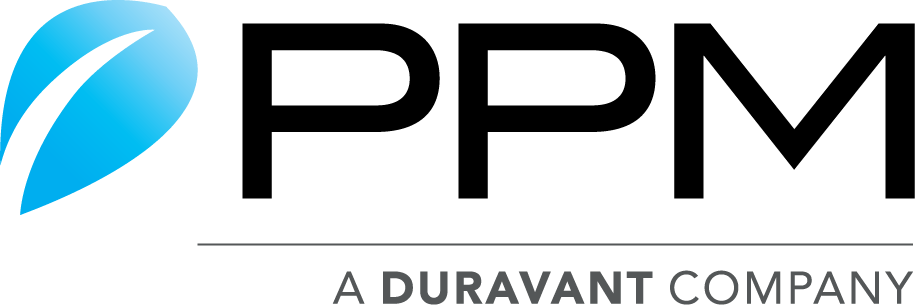The Duravant family of operating companies serve the food processing, packaging and material handling segments.
How to Design Layouts to Optimize Production Line Footprint
04/27/2023
The layout of a production line plays a crucial role in optimizing the efficiency of the manufacturing process. A well-designed layout can improve material flow, increase production rates, and reduce waste, while also ensuring the safety of the operators. In this article, we will discuss some tips for designing layouts to optimize the production line footprint.
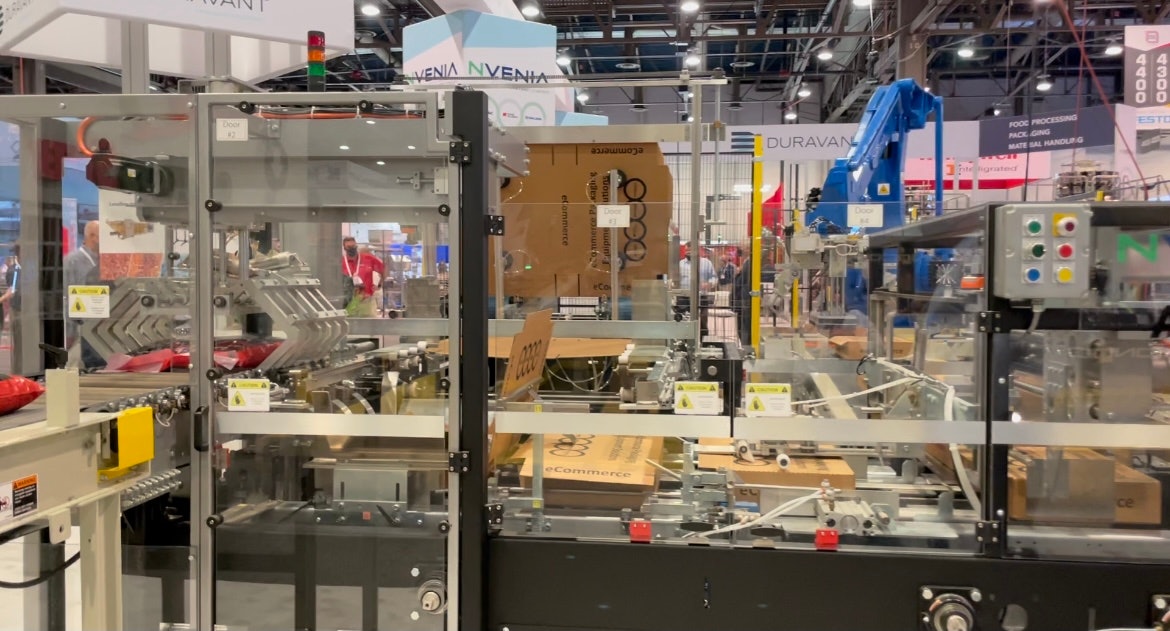 OEM magazine highlights nVenia
OEM magazine highlights nVenia
- Start with human and material/fork truck access points.
When designing a production line layout, it is important to consider the traffic and safety of the operators. Operator interfaces and fork truck access points should be spaced apart if possible to prevent congestion and accidents. Optimize operator control access points on various machines to be in close proximity. Additionally, it is important to consider where materials need to be replenished and where consumable materials such as pallets of layer sheets or bundler film will be stored. - Accumulation and conveyor tricks.
Accumulation is necessary to keep lines running smoothly. It gives operators time to respond to issues and allows for the replenishment of materials without stopping adjacent processes. When considering where to place accumulation points, it is important to think about the most space-efficient way to accumulate. For example, bulk accumulation tables can be used for cans or bottles before they are packaged, rather than accumulating them in packaging units. Going vertical is also an option for efficient accumulation, with stacking conveyors, vertical elevators, and overhead accumulation as possibilities. Choosing the right type of conveyor is also important. If products are accumulating back to back, they can turn and get jammed. Proper alignment is key. Motor-driven roller (MDR) conveyors can provide noncontact accumulation but are not as space-efficient as alternatives. - In particularly tight spaces, semi-automatic or manual options can be a good choice.
Dual floor position palletizers can run just as fast as automatic ones, but with a significantly smaller footprint. Manual inspection stations can also be achieved in much less space.
Designing a layout for a production line requires a thorough understanding of the process and materials involved, as well as the safety and efficiency concerns of the operators. Optimizing the footprint of a production line can have a significant impact on productivity, profitability, and overall success. By following the tips outlined above, manufacturers can design layouts that minimize waste, reduce downtime, and improve quality.
Is your business ready to redesign the layout of its production line to optimize the efficiency of the manufacturing process? At nVenia, we deliver packaging system efficiency and performance with custom-engineered solutions that work. Contact us today – our packaging experts are ready to help!

